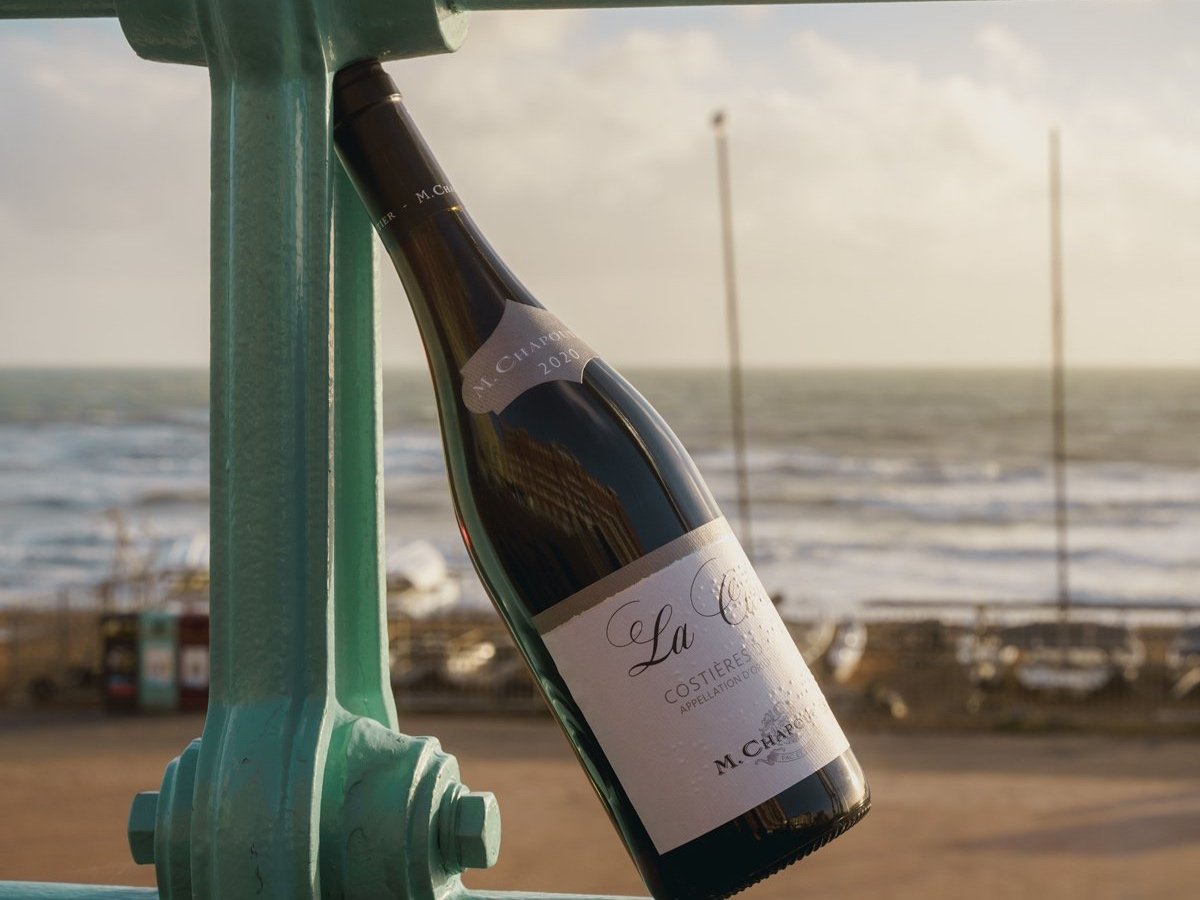Discovering Luberon and Costières de Nîmes in the Rhône Valley
Luberon and Costières de Nîmes are two of the Southern Rhône’s hidden gems.
The Rhône Valley has its treasures: Châteauneuf-du-Pape; Côte Rôtie; Hermitage; Cornas and Condrieu are but a few of the biggest names - with the biggest price tags to go with them. But there are still gems in the Rhône, which glean just as keenly, but won’t leave you with such a sore pocket. These are wines that will impress you with their value and wow you with their finesse.
At the southernmost part of the Rhône, either side of the valley, you’ll find the appellations of Luberon and Costières de Nîmes. Luberon is on the east side, wedged between Ventoux and Coteaux d'Aix-en-Provence, and Costières de Nîmes is on the west side, right at the tip of the Southern Rhône, bordering on the Languedoc.
This part of France is one of the warmest winemaking regions in the country, with summers that can be especially hot and humid. Fortunately for vignerons, these conditions are tempered by the Mistral wind, which rips down the valley from the Alps each winter and spring, drying out the grapes and preventing fungal diseases and rot.
In general, the Southern Rhône is famed for its blends, made from black grapes, such as Grenache, Syrah, Mourvèdre, Carignan and Cinsault, and white grapes, which include Grenache Blanc, Roussanne, Marsanne, Bourboulenc, Clairette, Vermentino and Viognier. These grapes are grown across both Luberon and Costières de Nîmes, yet the styles of the wines vary between the appellations due to differences in terroir and geological influences.
Luberon
The Luberon appellation is located within the beautiful Luberon Regional Natural Park, which is a UNESCO recognised biosphere reserve and geopark. The area is very much influenced by the Luberon Massif, a dramatic mountain range, formed of limestone soils and covered in wild, resinous herbs, known as garrigue. Vines grow on both sides of the Luberon mountains at 200 to 450 metres above sea level under intense sunshine. Thanks to the altitude and clear skies, the temperature drops at nighttime and cools down the vines, enabling the grapes to retain their acidity and aromatics.
Luberon has a 1,000 year old tradition of winemaking and the appellation is very Provençale in its climate, landscape, food and culture. In line with the values of the park, which been designated a ‘living example’ of sustainable development, the Luberon winemakers widely use eco-friendly and organic techniques to protect their treasured environment.
Across 3,335 hectares in 36 villages, all three colours of wine are produced in Luberon, with rosé making up 51% of the production, red accounting for 27% and 22% for white. Mountain freshness and minerality is a common thread that runs through Luberon wines, as well as vibrant fruit, intense aromatics and distinctive notes of garrigue. Rosé wines come in an array of colours, which range from delicate pale pink to bright fuchsia. These wines typically have lots of red berry fruit, citrus and stone fruit, with a touch of spice. White wines are often light-bodied and citrusy, making fantastic aperitifs, while reds are full-bodied and expressive, with concentrated berry fruits.
Costières de Nîmes
Costières de Nîmes is a 4,500 hectare appellation, which sits on the other side of the Rhône. Spanning 24 communes, its close proximity to the coast means that this hot and sunny region is largely influenced by the cooling Mediterranean Sea.
The appellation is a pioneer in greener viticulture and at least 25% of the vines are cultivated organically. The vines grow on a bed of stony alluvium, consisting of red clay and large, rolled pebbles called “grés”. The grés, which make up the top layer of the soil, absorb the intense heat from the sun. At night, they release warm air around the vines, which is met by the cool air coming in from the sea, creating a kind of convection oven effect. Because of this, Costières de Nîmes is known as the “terroir of two winds”. This climatic phenomenon results in pristine, evenly-ripened grapes, with pure-fruit characteristics and a well-retained acidity.
These ancient vineyards (with a history of 2,000 years) predominantly produce red wines. White and rosé account for the remaining 20% of the production equally. Regardless of colour, the wines from Costières de Nîmes are fleshy, generous and juicy; the white and rosé wines provide floral notes and characteristics of exotic fruits, while the red wines are also powerfully perfumed, with notes of dark, wild berries and liquorice. The longer the red wines are aged, the spicier they become, and often show notes of sweet baking spices, vanilla and black pepper.
Wines tasted:
LUBERON
Château la Canorgue - 2020 (Organic Provençal white with a mountain-fresh palate)
Marrenon – Doria 2019 (Clean and citrusy, this makes for a lovely aperitif)
Bastide du Claux – L’Odalisque 2019 (In the world of art, Odalisque refers to a reclining nude female figure; this wine is fleshy and provocative)
Domaine le Novi – Les Soucas 2018 (A white wine with a very generous palate, reminding me of wines from the southern Burgundy)
Château la Verrerie – Grand Deffand – 2017 (A rich cassis character combined with fresh minty note)
Mas des Infermieres – Source – 2020 (A highly quaffable red that would pair with absolutely anything!)
Marrenon – Grand Marneron – 2018 (A bold, dark Syrah, lifted by the tart, red fruit of the Grenache)
Château Val Joanis – Griottes - 2018 (Living up to its name ’sour cherries’, this wine is juicy and moreish)
COSTIERES DE NÎMES
Mas Carlot – Generations Blanc - 2020 (A soft and fruity wine, with notes of honey-drizzled apricots and white flowers)
Château l’Ermite d’Auzan – Sainte Cécile (Ripe yellow fruits, freshened up with sea-breeze acidity)
M. Chapoutier – La Ciboise – 2020 (Sticky baked plums, with a savoury, almost gravelly finish)
Domaine Galus – Galus – 2020 (A lovely bramble-fruit character with a hint of spice)
Cave de Pazac – Mas d’Andrum – 2018 (Concentrated black fruits with a swirl of smoky oak and black pepper)
Château Mourgues du Grès – Terre d’Argence – 2018 (A sophisticated GSM blend, with structure, spice and finesse)
Michel Gassier – Grenache de Bek – 2016 (A beautiful expression of old bush vine Grenache; focused red fruit, a silky texture, supreme balance and a length that goes on and on)
Château d’Or et de Gueules – La Bolida - 2017 (A powerful, intense Mourvèdre wine made from 90 year old vines; to be savoured)


